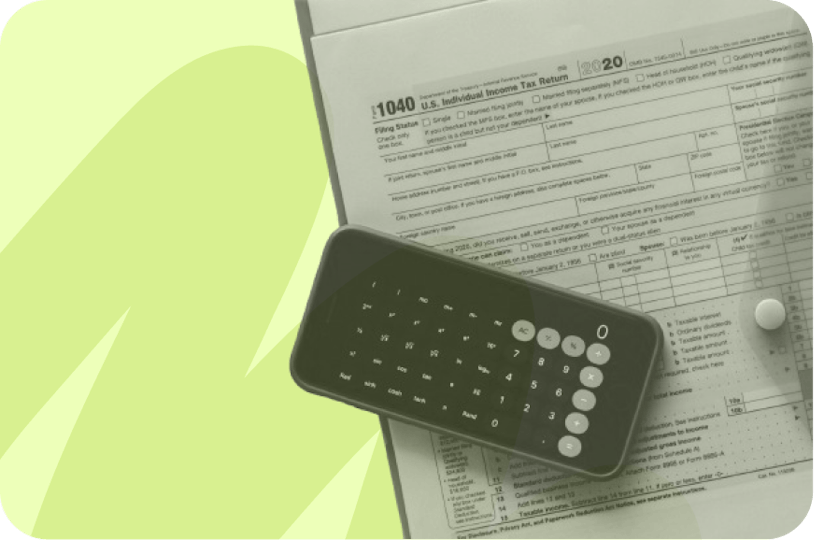
Paris Olympics
This data story aims to examine how the Paris 2024 Olympics are addressing the environmental and sustainability challenges.
ESG / CSR
Industries

This data story aims to examine how the Paris 2024 Olympics are addressing the environmental and sustainability challenges.

In this article, we'll explore what the 3 pillars of corporate responsibility are, why they're important, and how businesses can turn them into practical action.

In this article, we’ll explain what a corporate carbon footprint is, why it’s important, how it is measured, and reasons why your company should track it too.

Discover the EU Taxonomy: what it is, how it defines sustainable activities, and its impact on businesses and financial markets.

In this article, we break down what the EU CBAM is, how it works, and what businesses need to do to comply.

In this article, we’ll explore five of the leading carbon management software platforms available today. Whether you're looking to measure your carbon footprint, create actionable decarbonisation plans, or meet regulatory requirements, these tools can help you build a more sustainable future.
Last articles

In this article, we compare the top 10 IFRS tools of 2025, explore their key features, and help you choose the right platform for simplified ESG reporting.

In this article, we compare the top 10 VSME tools of 2025, explore their key features, and help you choose the right platform for simplified ESG reporting.

In this article, we explore what water use restriction means, why it’s becoming more common and what individuals and businesses can do to reduce outdoor water use.

In this article, we’ll explain how the new tax bill recently passed by Trump will have an impact on the economy, climate change, and more in the United States.

In this article, we’ve rounded up the key climate events taking place in 2025. Whether you’re attending in person or just following from afar, these are the moments worth knowing about.

In this article, we’ll break down what the Clean Industrial Deal is, what it actually promises, and how it could shape the future of European industry.

In this article, we’ll break down what permafrost actually is, why it matters, and what happens when it starts to thaw.

In this article, we’ll explain what short-termism is, the negative impacts of short-termism, and how we can transition away from short-termism.

In this article, we’ll break down what green skills are, why they matter, which industries are driving demand, and how we can build a more sustainable future by developing them.

What is the UNGC, otherwise known as the United Nations Global Compact – and what is their main mission?

In this article, we’ll explain what bioplastic is, its main goal, and five things to know about bioplastic.

In this article, we’ll explain what peak oil is, why it is important, and how we can avoid reaching peak oil.